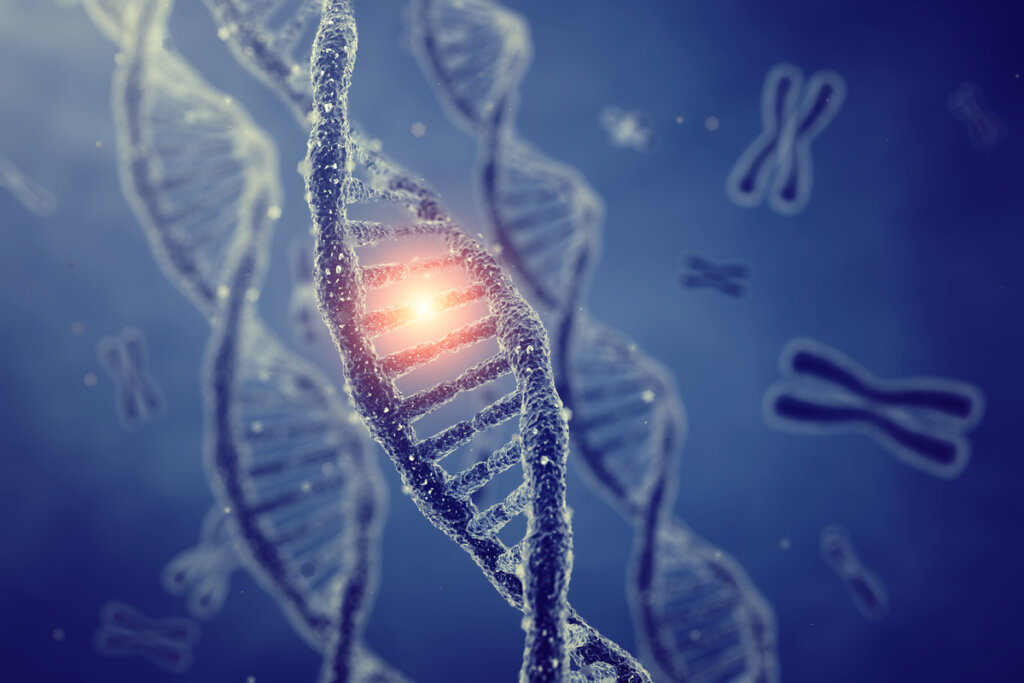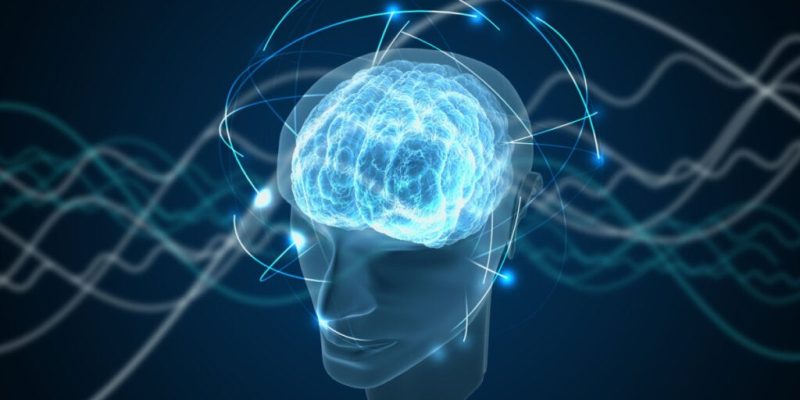Researchers have spent decades exploring the role of genetics in mental health. Indeed, they’ve long been looking for clues that suggest a connection between genetics and mental disorders. However, the results have often been misleading, inaccurate, or imprecise. In fact, we still lack the knowledge of any specific biomarkers that indicate the presence of a mental disorder.
A biomarker is a result of a medical test, such as a blood test or a neuroimaging test, that unequivocally states that an individual is suffering, for example, from depression or social anxiety. For instance, orexin is the only known biomarker for narcolepsy. A recent study attempted to shed more light on the links between genetics and mental disorders.
Precision psychiatry?
Compared to the healthy population, people with psychiatric problems live approximately a decade less. This is one of the factors motivating research to determine the role played by genetics in the etiology of psychopathology. The aim is to produce more precise, effective, and safe pharmacological treatments.
Pharmacotherapy, rather than being a curative intervention, is palliative (Andreassen, 2023). This can be explained as a consequence of the recurrences, relapses, and worsening of symptoms that patients often experience. However, psychiatry aims to correct this. Its goal is to abandon diagnoses made through clinical observation in favor of those made via medical tests.
“There have been no great therapeutic advances in psychiatry in recent decades.”
-Ole A. Andreassen-
Current knowledge
Science supports the idea that certain clinical entities are, to a greater or lesser extent, inherited. This means the debate about whether mental disorders are inherited or learned is outdated.
In fact, it’s known that both occur at the same time and interact with each other. The interaction between genes and the context that surrounds us is called epigenetics.
Epigenetics
From the moment of conception, individuals carry genes. They can be activated or remain dormant. In many cases, their activation is determined by the environment in which they live.
For instance, if you have a gene that’s designed to ‘wake up’ in a specific context, if this context were to appear, the gene would turn on. On the other hand, if this context never occurs, the gene would remain ‘asleep’.
Science knows that certain ‘chaotic factors’ can influence the origin of mental illness. These factors refer to DNA variations and alterations that, despite not being heritable, accumulate in the nervous tissue as the individual grows and ages, affecting the appearance of the disease.
“Identification of risk genetic variants could yield valuable insights into their etiology by pinpointing central biological mechanisms.”
-Ole. A. Andreassen-
How heritable are mental disorders?
The research we mention in this article is a compilation of all the information that’s been conducted on the degree of heritability of the different psychiatric disorders.
For example, the heritability or genetic risk for psychosis spectrum disorders, such as schizophrenia, and neurodevelopmental disorders, like autism, has been found to be as high as 85 percent. Therefore, the risk of suffering from these disorders, if you’re a first-degree relative, is 85 percent.
In contrast, for depression and anxiety, heritability can reach almost 60 percent. But, why are some disorders more heritable than others? The answer lies in the environment. While for schizophrenia, 85 percent of the risk is genetic, for depression, 40 percent of the risk is environmental.
“There is no single disease gene for psychiatric disorders, but thousands of genetic variants that act together and collectively influence disease risk.”
-Ole A. Andreassen-
A heritability of 60 percent means that 60 percent potentially corresponds to the genes activated at the present time. The remaining 40 percent corresponds to the environment. This demonstrates how epigenetics act.
The highest heritability is found in schizophrenic disorder, bipolar disorder, and ADHD. In comparison, Tourette’s syndrome, and PTSD have lower heritability.

A ‘genetic dance’
Genetic psychiatry has concluded that mental disorders don’t depend on a single gene. In fact, experts suggest that thousands of genes act together and react to the influences of the context. This produces a clinical disorder in the individual.
However, we still lack sufficient knowledge to create more precise and curative psychiatry. This is because genetic psychiatry is still a really young branch and is just taking its first steps. That said, certain scientific evidence suggests that there are variants of different genes that have a strong influence on various disorders.
The next step is to better understand what they are and how they work. For this reason, the work that lies ahead is extremely important.
“Psychiatric genetics is still in its early stages, but it promises to improve mental health care by paving the way for precision psychiatry.”
-Ole. A. Andreassen-
The post The Links Between Genetics and Mental Disorders appeared first on Exploring your mind.



















Comments